The French system of conscription brings together a fair sample of all classes; ours is composed of the scum of the earth — the mere scum of the earth. It is only wonderful that we should be able to make so much out of them afterwards.
Duke of Wellington – Speaking about soliders in the British Army, 4 November 1813
The British infantryman who stood opposite Napoleon’s Grande Armée on the 18th of June 1815 cut an interesting figure. On average he was 23 years old, and about 5’6” in height. He was poorly paid, treated harshly by his superiors, and considered little better than a brute by the people he defended. Unlike his French opponents, he was a volunteer, although in all probability he had only joined the army to escape destitution or the law. He might be English, Irish, Scottish, or Welsh. Despite his low standing in society, the British infantryman proved tough, reliable, and incredibly effective on the battlefield when well commanded.
When the allied army marched against the French at Waterloo, a large proportion were not British, with significant numbers of Dutch, Belgians, Hanoverians, and other Germans present. Nevertheless, the red-coated British regiments earned their place in history with their tenacious defence and lethally effective firepower in the face of often overwhelming French numbers. Certainly, their discipline and bravery proved at least the equal of the other nations on the field that June afternoon.
The legendary status of British soldiery stemmed primarily from their training. Drilled for at least 6 months (in a time when most European conscript armies were lucky to receive a few weeks’ instruction) under an incredibly harsh set of regulations, new redcoats were capable of performing significantly more complicated drill manoeuvres than many of their continental counterparts, and their iron discipline held them firm in the face of often horrendous casualties. Equally significant was their musketry training. While most armies did not train their troops with live ammunition (to avoid depleting their supplies and keep costs low), the British did. While by modern standards the number of cartridges issued per man for training was woefully small, at the time it gave them a significant advantage in the heat of battle, acquainting them to the sound, smell, and feel of massed gunfire.
The iconic red tunic of the British infantryman, still in use for ceremonial duties to this day, marked Wellington’s battalions out under the June sun. While the idea that red cloth was chosen to avoid showing bloodstains is a myth (as blood will appear as a dark stain), the stark white crossbelts must have made an excellent target for enemy fire! The discipline and courage required to stand still under intense artillery fire is almost unimaginable today, and is a testament to the high standard of their training, as well as the fighting spirit and tenacity of the men.
A large part of the reason for the steadfast nature of British infantry was the battalion system. This engendered enormous pride in each unit, as epitomised by the often superhuman efforts made by the redcoats to protect their battalion Colours – the silk flags which represented a manifestation of the regimental ‘spirit’. Additionally, the practice of raising entire units from relatively small local areas produced many strong regional identities – this persists even in the modern British Army, albeit in a relatively limited fashion.
On the Epic Battles: Waterloo tabletop, British Line Infantry bring a good, solid set of statistics, on a par with the majority of their opponents. Their First Fire special rule gives them +1 dice to their Shooting value the first time they fire in a game, representing the higher chance of a first-round hit afforded them by their superior musketry training. This makes them lethal in the early stages of an engagement, and if a commander is able to manoeuvre them into an advantageous firing position before taking their first shot, they can be downright terrifying!
Our British Infantry Brigade plastic boxed set gives you three full battalions of redcoats, ready to stand under their colours and take it to the hated French. Clad in their grey trousers and Belgic shakos, they’re perfect for the Waterloo battlefield, and will doubtless serve you well… provided your dice behave! To lead them, you’ll find a trio of senior infantry officers – will they be motivated professionals, or upper-class dandies? Only the dice will tell!
There’s also a detachment of the legendary 95th Rifles. These lethal sharp-shooters (yes, very good -ed.) really deserve their own article, but suffice it to say that no French officer is safe when they’re on the board. Finally, there’s a battery of Royal Artillery 9-pdr guns. While Bonaparte’s Grand Battery was certainly fearsome, the allied guns did yeoman’s work against the French columns at Waterloo, particularly when loaded with the terrifying canister, or the new-fangled Shrapnel shells.
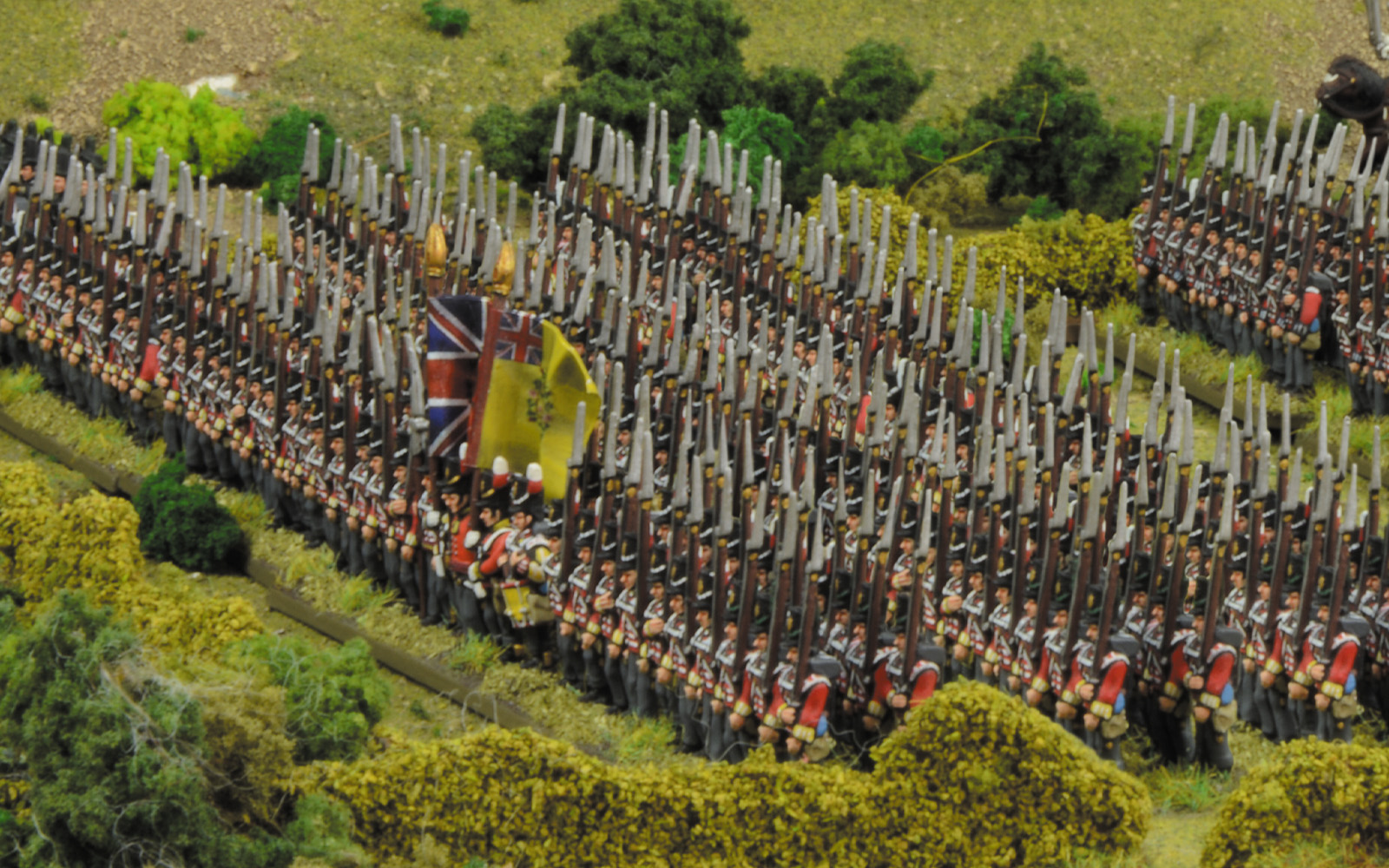
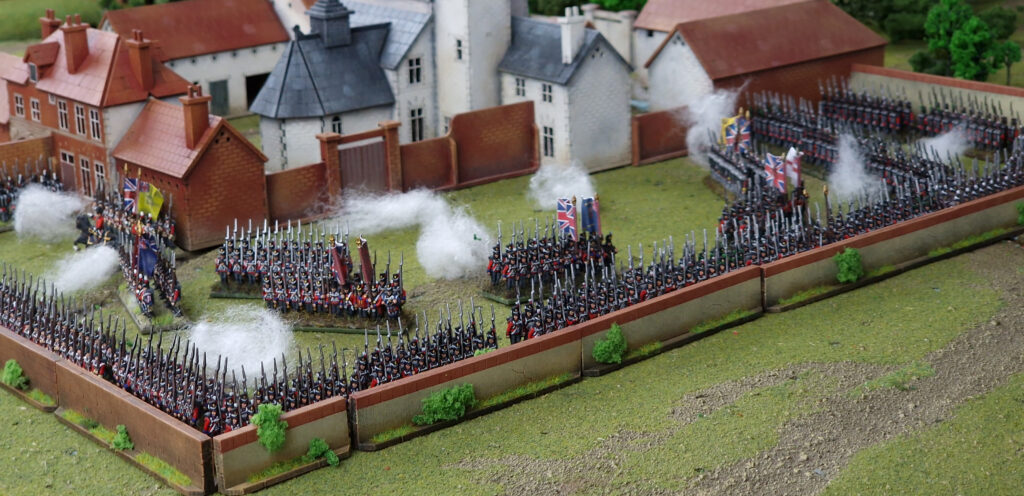
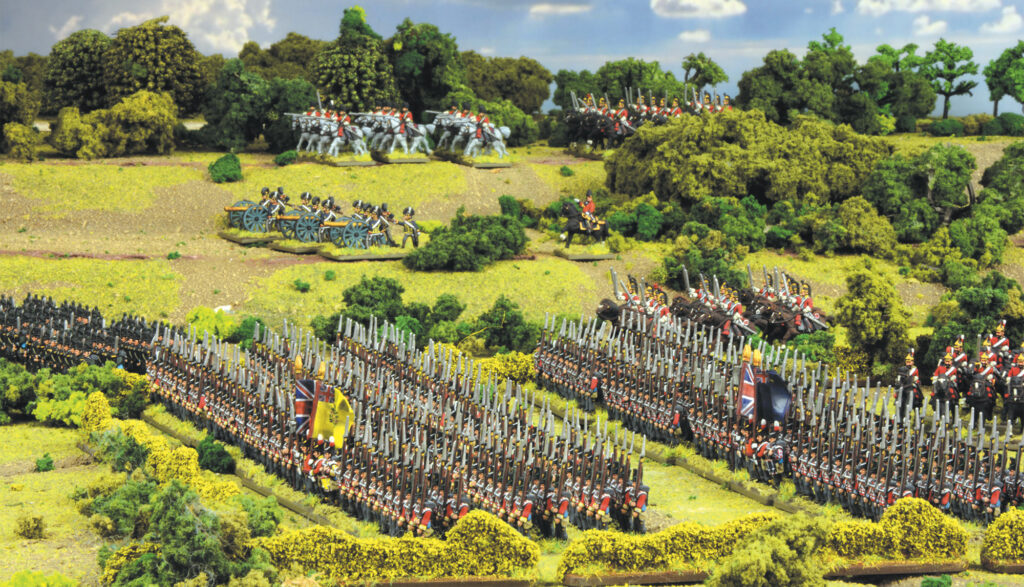


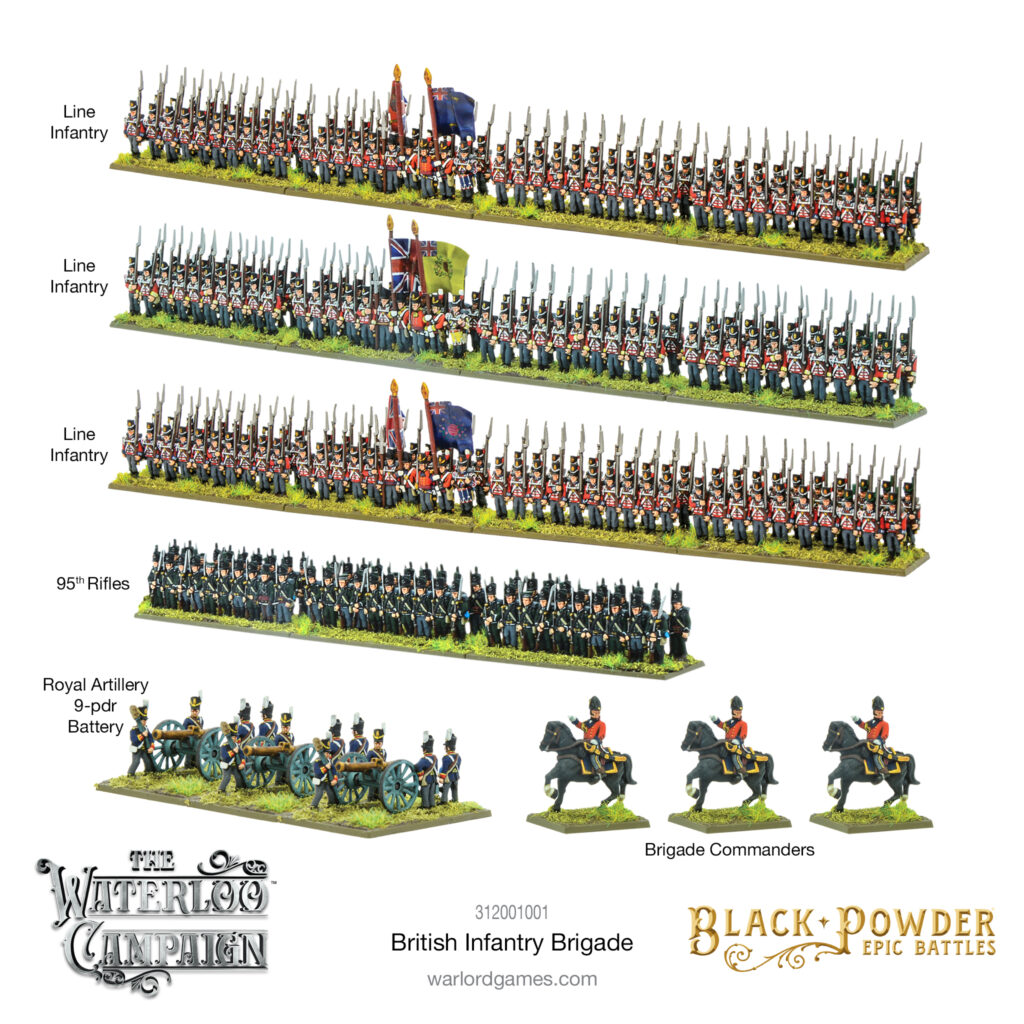
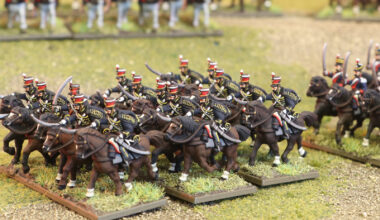
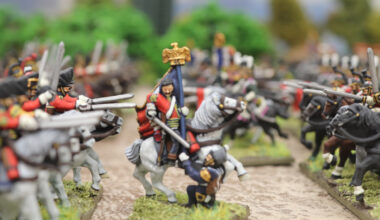

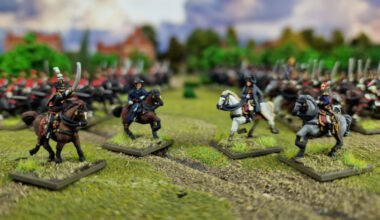
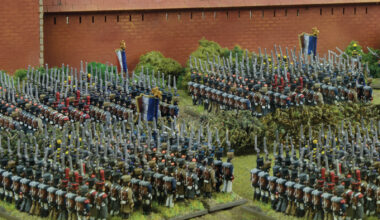
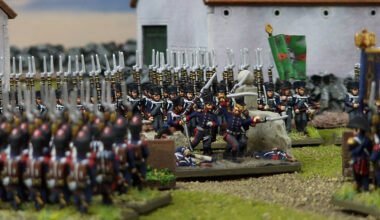
1 comment
It would have been good to continue putting the stats of the Artillery and 95TH too and then go into the other special rules
Comments are closed.